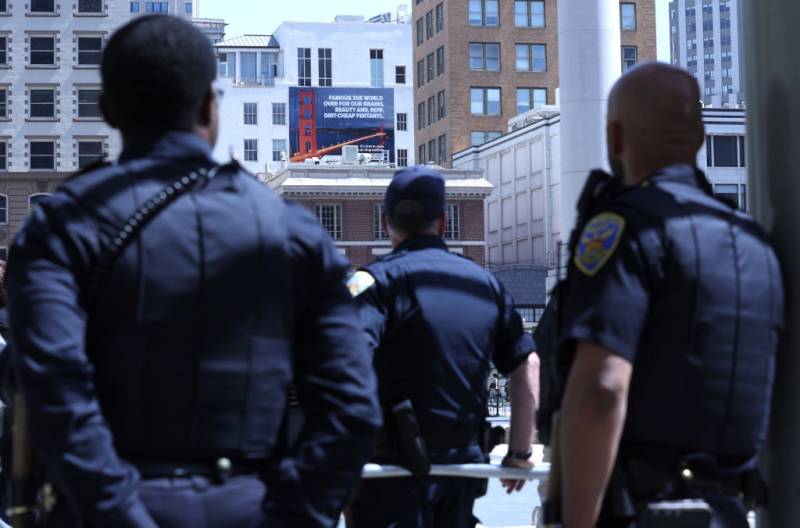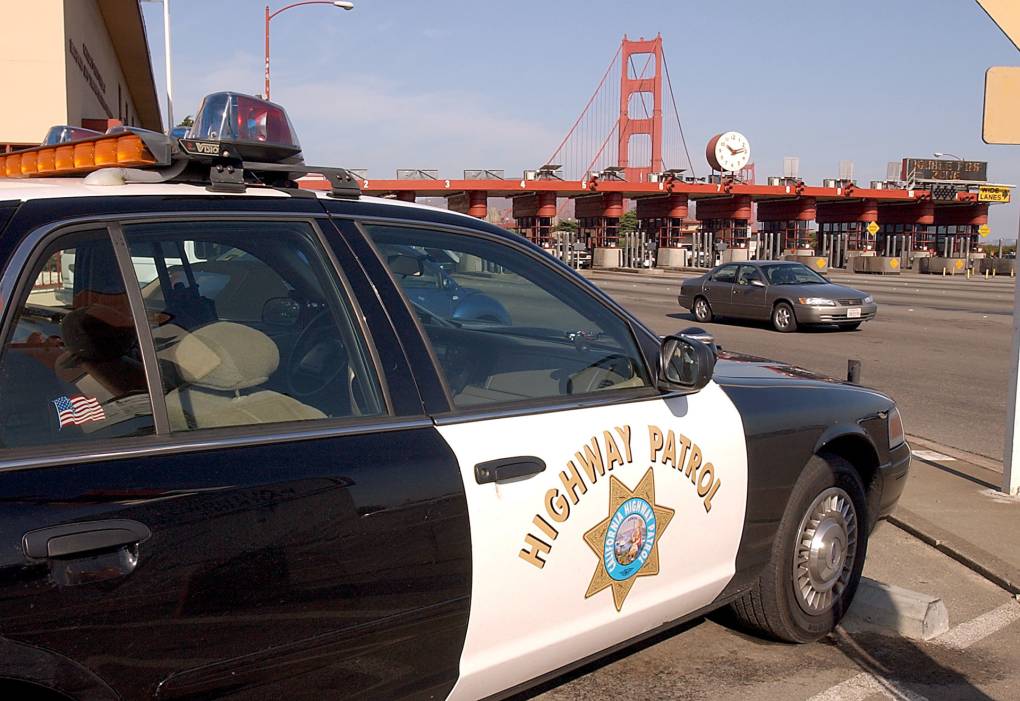Gov. Gavin Newsom and Mayor London Breed are doubling down on law enforcement to get a grip on drug-related challenges in San Francisco’s city core.
Addiction experts, however, say that the city and state’s latest effort repeats tough-on-crime tactics and rhetoric that have not succeeded in curbing drug dealing in the long run, and at times have led to spikes in overdose deaths when the intervention ends.
“Unfortunately, these crackdowns on the drug supply don’t work as well as we want them to,” said Daniel Ciccarone, professor in addiction medicine at UCSF. “When we say we want to crack down on the supply and get more people into treatment, if you don’t do that carefully, the only thing you do is add to stigma and barriers to treatment. That is what the evidence shows.”
Increased police presence could initially deter drug use and dealing. Officials did not state how long the operation would last, however, and that could also lead to other unintended consequences, said Vitka Eisen, CEO of the nonprofit HealthRight 360.
“When you increase enforcement on the street and pressure the supply side, what often results is much more chaotic drug use patterns in which people are more desperate to get drugs, prices go up, they use in a less safe way,” Eisen said. “So one of the unintended consequences of increased enforcement is increased overdoses.”


